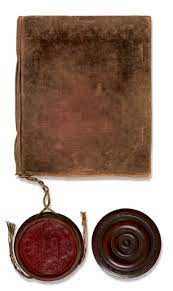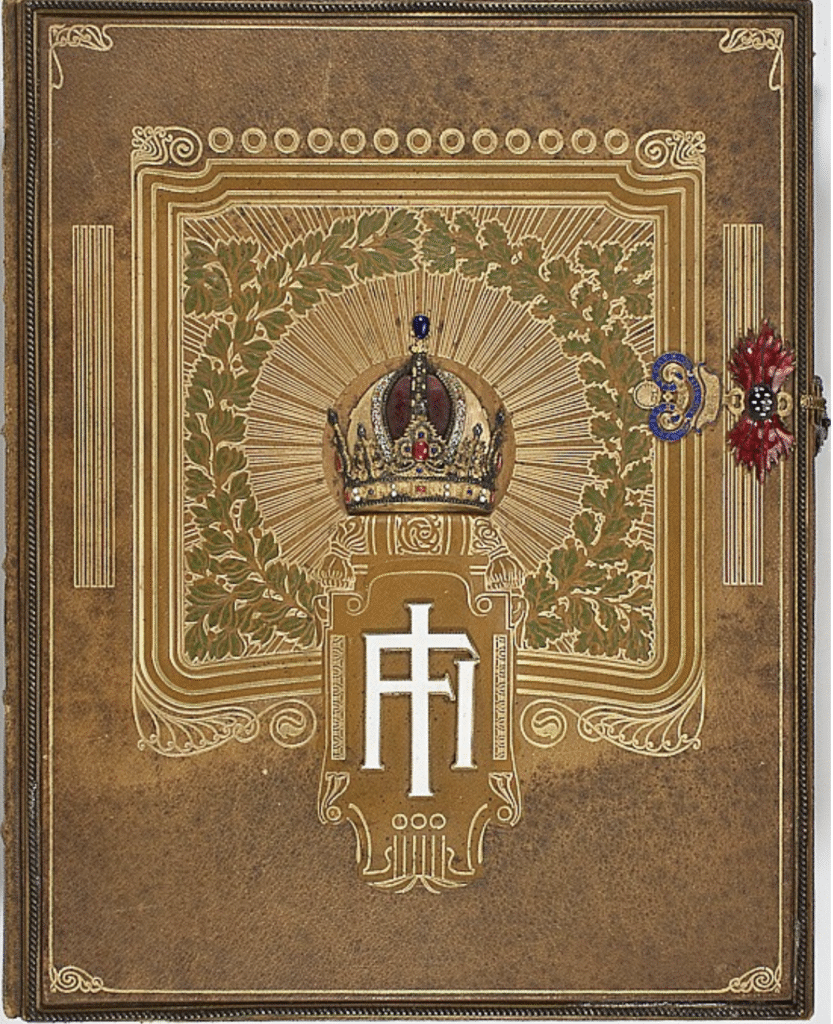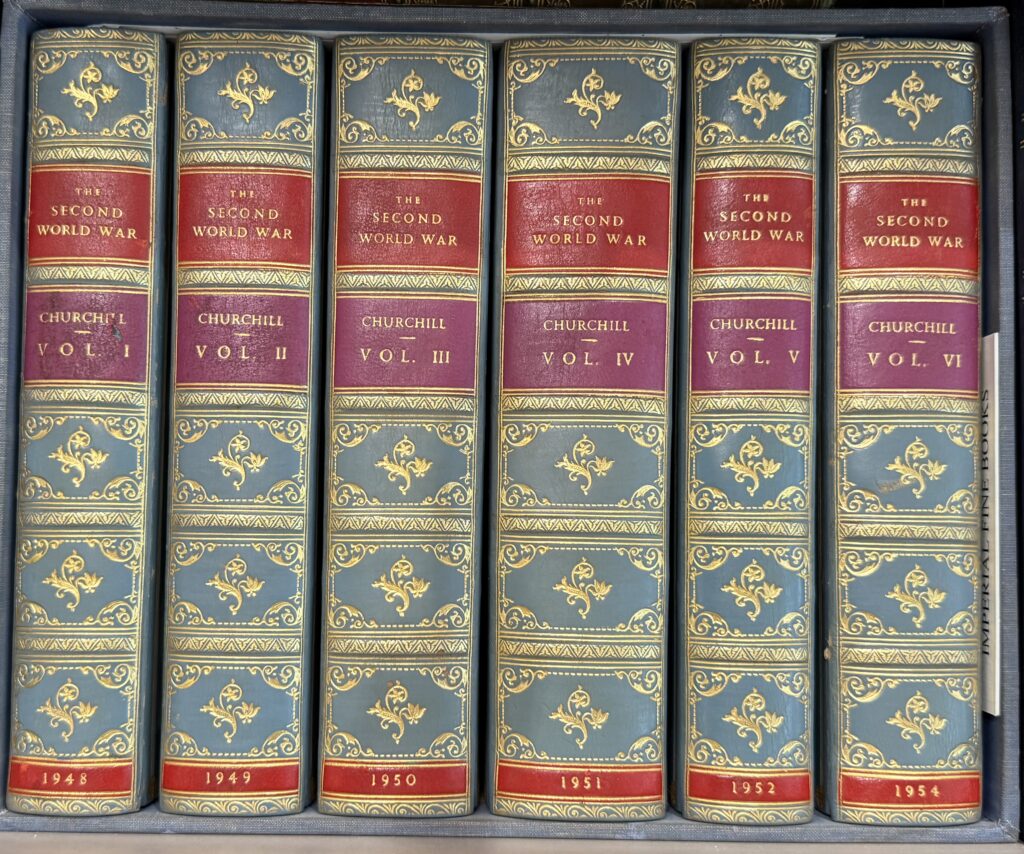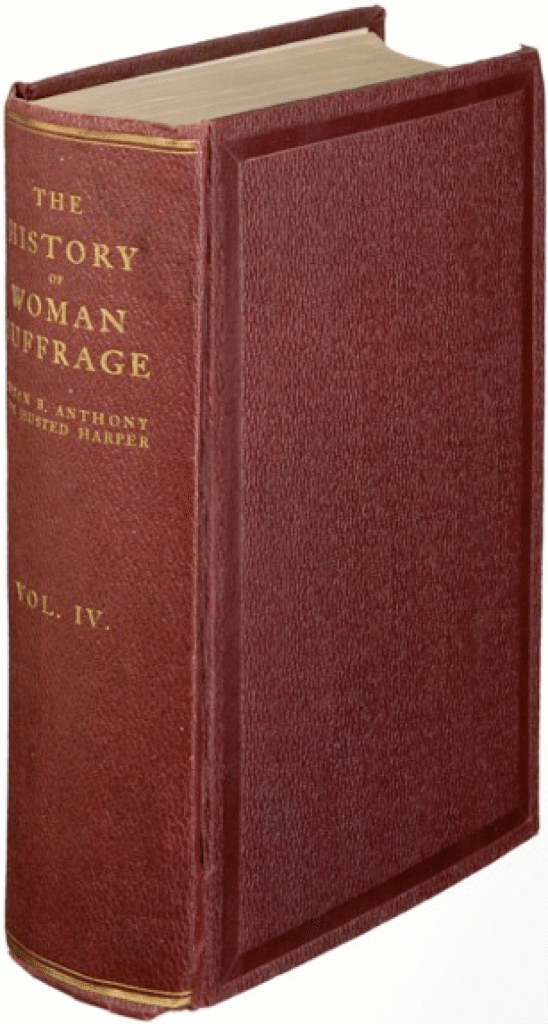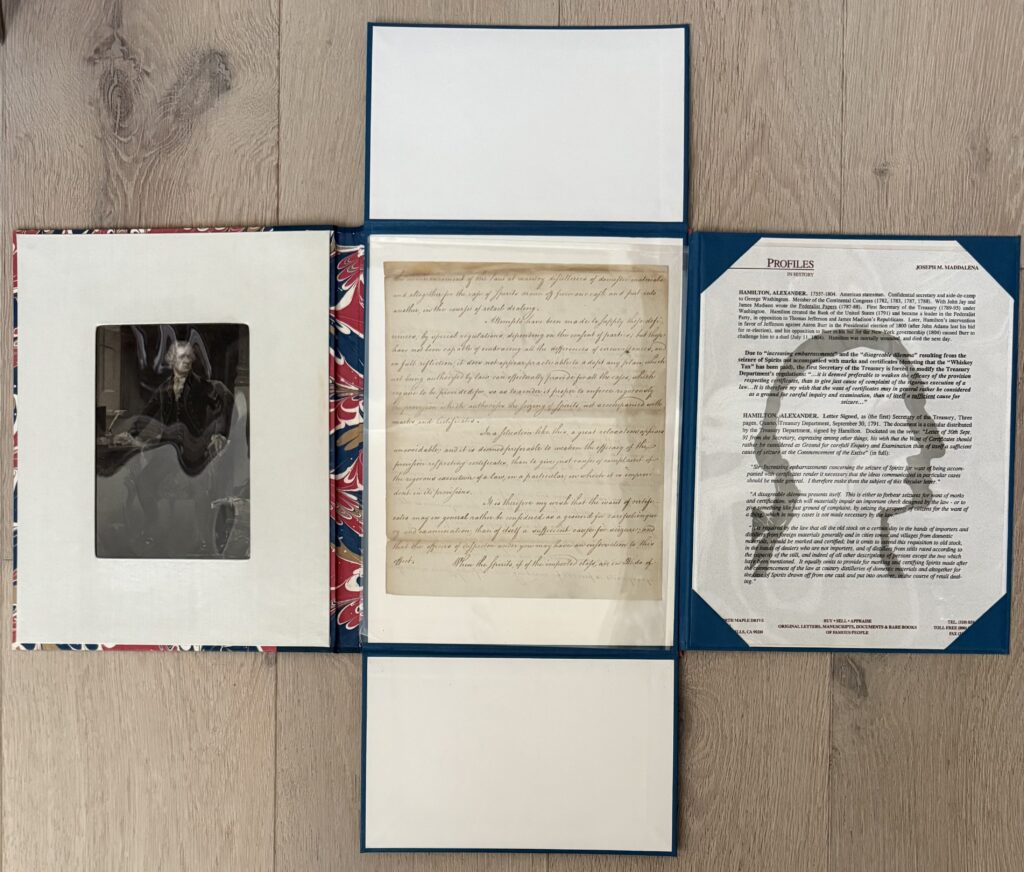HANDSOME EMPRESS MARIA THERESA SIGNED PATENT GRANTING TENURE DATED 1754
Medieval and illuminated manuscript. Empress Maria Theresa | Grant of Tenure to Gyogry Radvanszky, 1770.
Document signed (“Maria Theresia”), a grant of tenure to Gyogry Radvanszky in 1754. Folio (360 x 310mm.), 10 leaves (final leaf blank), decorated calligraphic manuscript on vellum, first three pages within engraved borders,signed by officials including Mariophilus Leisner on final verso, large red imperial wax seal in wooden skippet (diameter 162mm.), pendant on a braided gold cord, contemporary velvet over board, Vienna, 24 March 1754, retaining two pairs of wide silk ties, wooden skippet in fine condition. With original Expert’s Report describing the item from Budapest dated Nov. 11, 2005.
Maria Theresa (Maria Theresia Walburga Amalia Christina; 13 May 1717 – 29 November 1780) was the ruler of the Habsburg monarchy from 1740 until her death in 1780, and the only woman to hold the position in her own right. She was the sovereign of Austria, Hungary, Croatia, Bohemia, Transylvania, Slavonia, Mantua, Milan, Moravia, Galicia and Lodomeria, Dalmatia, Austrian Netherlands, Carinthia, Carniola, Gorizia and Gradisca, Austrian Silesia, Tyrol, Styria and Parma. By marriage, she was Duchess of Lorraine, Grand Duchess of Tuscany, and Holy Roman Empress.
Through her aunt, Charlotte Christine Sophie, she was cousins with Peter II of Russia, and through her other aunt Antoinette, Duchess of Brunswick-Wolfenbüttel, she was cousins with Elisabeth Christine, Queen of Prussia, the wife of Frederick the Great, and was also cousins with Duke Anthony Ulrich of Brunswick, the husband of Ivan VI’s regent, Sophie, Duchess of Saxe-Coburg-Saafeld and Queen Juliana Maria of Denmark and Norway.
Maria Theresa started her 40-year reign when her father, Charles VI, Holy Roman Emperor, died on 20 October 1740. Charles VI paved the way for her accession with the Pragmatic Sanction of 1713 and spent his entire reign securing it through international diplomacy. He neglected the advice of Prince Eugene of Savoy, who believed that a strong military and a rich treasury were more important than mere signatures. Eventually, Charles VI left behind a weakened and impoverished state, particularly due to the War of the Polish Succession and the Russo-Turkish War (1735–1739). Moreover, upon his death, Saxony, Prussia, Bavaria, and France all repudiated the sanction they had recognised during his lifetime. Frederick II of Prussia (who became Maria Theresa’s greatest rival for most of her reign) promptly invaded and took the affluent Habsburg province of Silesia in the eight-year conflict known as the War of the Austrian Succession. In defiance of the grave situation, she managed to secure the vital support of the Hungarians for the war effort. During the course of the war, Maria Theresa successfully defended her rule over most of the Habsburg monarchy, apart from the loss of Silesia and a few minor territories in Italy. Maria Theresa later unsuccessfully tried to recover Silesia during the Seven Years’ War.
Although she was expected to cede power to her husband, Emperor Francis I, and her eldest son, Emperor Joseph II, who were officially her co-rulers in Austria and Bohemia, Maria Theresa ruled as an autocratic sovereign with the counsel of her advisers. She promulgated institutional, financial, medical, and educational reforms, with the assistance of Wenzel Anton of Kaunitz-Rietberg, Friedrich Wilhelm von Haugwitz, and Gerard van Swieten. She also promoted commerce and the development of agriculture, and reorganised Austria’s ramshackle military, all of which strengthened Austria’s international standing. A pious Catholic, she despised Jews and Protestants, and on certain occasions she ordered their expulsion to remote parts of the realm. She also advocated for the state church.
